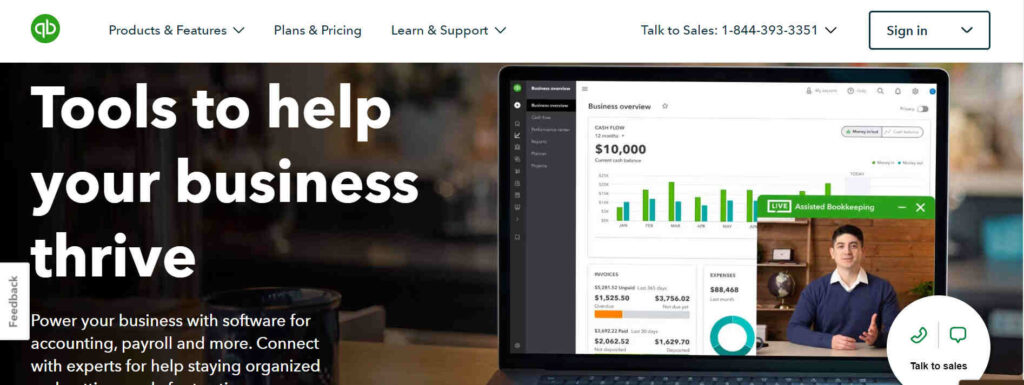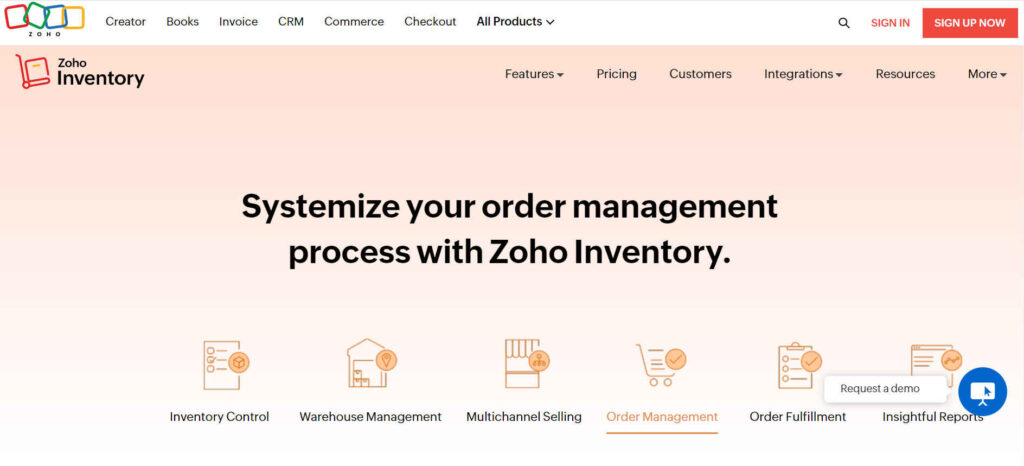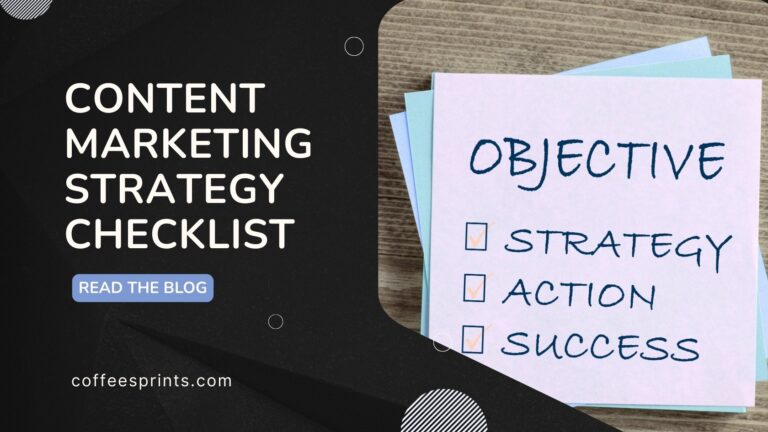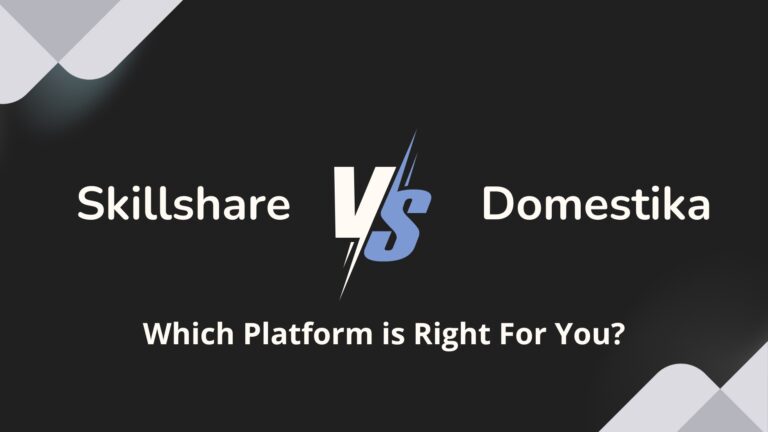How Order Management Works: 9 Best Tools To Run Your Business
The order management system is an integral part of your business. When you start running a business, the process will be simple and straightforward. However, as your business grows, handling orders can get complex. This is where you want to consider order management tools to save your time and increase efficiency.
This article guides you through the order management process and sheds light on the best order management tools in the industry, along with the key features that you should keep an eye on.
Here’s what we cover:
- How Does Order Management Work?
- 9 Best Order Management Tools for Businesses
- Order Management Software: Key Features
How Does Order Management Work?
Order management is a crucial process that ensures a seamless and efficient flow of goods and services from the point of order placement to final delivery and beyond. Let’s understand how order management works:

1. The customer places an order
The first step is when a customer decides to purchase your products. This can be through various channels such as your website, marketplaces like Amazon and Etsy, physical stores, or sales representatives. The customer selects the items they want and provides relevant order information, including product details, quantity, and preferred shipping options.
2. Capture relevant information
Once the customer places an order, the system captures all relevant information, including product SKU (Stock Keeping Unit), customer information, order date, and payment details. This information is essential for tracking and processing the order efficiently.
3. Manage inventory
Inventory plays a critical role in the order management process. The system checks the availability of the ordered products in real-time. If the items are in stock, the order proceeds to the next step. If items are out of stock, the system may offer alternatives or notify the customer of any delays in delivery.
4. Fulfill orders
In this step, you need to physically prepare the order for delivery. It includes picking, packing, and shipping the order. The system generates pick lists, where staff members retrieve the ordered products from the warehouse (or other storage locations). After picking, the products are carefully packed to ensure they arrive in good condition.
As part of the shipping process, the order is dispatched to the customer using chosen shipping methods.
5. Deliver orders
Once the order is shipped, you or the customer can track the details in real-time to monitor the status of the delivery.
6. Returns and Refunds
Not all orders go smoothly. Sometimes, customers may wish to return items or replace them for various reasons, such as defects, size issues, or simply changes of mind. Effective order management includes a returns process, where customers can initiate returns, and the returned items are inspected and processed for refunds or replacements.
7. Get feedback
Gathering feedback is vital for improving the order management process. You can use customer insights to understand areas of product improvement. Also, try to get reviews from customers who are satisfied with your products and services. Positive reviews serve as social proof, which would increase your chances of converting new customers.
8. Monitoring your metrics
A good order management process should also include post-sales analysis and KPI tracking. You should be able to track the performance of orders and evaluate key metrics. These metrics include order fill rate, return rate, delivery times, order accuracy, customer satisfaction, etc.
You should use this data to reduce errors and enhance your operational efficiency.
9 Best Order Management Tools for Businesses
A good order management software is easy to handle, cost-efficient, supports multichannel order management, and provides data analytics. With that in mind, here is the list of the best order management tools for your business.
1. QuickBooks Commerce
QuickBooks order management is majorly used by small-medium scale businesses. It is also popular as account management software. The software is designed to help businesses manage their sales, inventory, and order fulfillment processes efficiently. It is particularly useful for businesses, wholesalers, and distributors.
QuickBooks Commerce allows you to manage your orders and inventory across multiple channels. You can also forecast your stock levels, optimize your purchasing, and streamline your fulfillment using this software.
You can check their pricing here.

2. Zoho Inventory
Zoho Inventory is a cloud-based order management software that helps you manage your orders. This tool integrates with various e-commerce platforms, shipping carriers, and payment gateways. It lets you track your orders, inventory levels, and shipments in real-time. You can also automate your workflows, create invoices, and generate reports.
If you’re not aware, Zoho Inventory is a part of the broader Zoho ecosystem, which includes various business applications such as Zoho CRM, Zoho Books, and Zoho Analytics. This integration enables your business to create a comprehensive business ecosystem tailored to your needs.
Their pricing starts at $29 per organization/month for the annual plan and $39 for the monthly plan.

3. Brightpearl
Brightpearl is an integrated order management software solution designed to assist small and mid-sized businesses (SMBs) in managing their operations effectively. The software is designed for multichannel retailers who sell online and offline. You can automate your order processing, manage your suppliers, and access insights and analytics.

Businesses can also integrate the software with their accounting software, thereby getting a complete business solution. For businesses with multiple locations or warehouses, Brightpearl allows for efficient inventory management across various sites, improving order and inventory control.
You can also use their mobile apps for on-the-go access to order and inventory management.
4. Veeqo
Veeqo is simple yet another powerful order management software that can greatly benefit your business. The unique part of Veeqo is its integrated shipping.
This tool helps you manage your orders and inventory from multiple sales channels and warehouses. You can also print shipping labels, track deliveries, and handle returns and exchanges.
Veeqo is a great order management tool for omni-channel retailers to manage their orders, inventory returns, and shipping processes from one platform. It helps you pull your order details in real-time across a variety of platforms, including e-commerce marketplaces, brand websites, and POS in-store systems.
Veeqo is suitable for all retail sellers. It also offers in-app integration to sellers. Regardless of the order volume, Veeqo is free for all sellers, with no hidden costs.
You can check their plans here.
5. Adobe Commerce
Adobe Commerce, formally known as Magento, is a great e-commerce platform for medium-sized enterprise-level businesses. This e-commerce platform offers a built-in order management system. You can manage your orders and inventory from multiple sources, such as your own website, marketplaces, and physical stores.
Adobe Commerce hosts over 50,000 websites, including big brands like HP. This platform is customizable, scalable, and flexible for all kinds of businesses. It has a robust ecosystem with diverse extensions and integrations.
Adobe Commerce is also a great platform for retail companies. It lets you sell on multiple platforms, including brick-and-mortar stores and online stores. You can use their Amazon sales channel extension to connect to your Amazon Seller Central account. Use it to sync your Amazon catalog and inventory and set pricing rules. The platform also supports multichannel selling, including B2B and B2C. You also get in-depth reporting tools that aid your decision-making process.
Adobe Commerce offers different pricing tiers for different services. You can check the details here.
6. Cin7 Orderhive
Cin7 Core, or Orderhive, is a cloud-based order management software that helps you manage your orders, inventory, shipping, and returns from multiple channels. You can also automate your tasks, integrate with various apps and services, and monitor your performance.
Cin7 Orderhive offers a centralized inventory management system. You can integrate the software with over 300 apps. Businesses can use Orderhive to manage their orders and shipping across multiple platforms. The software helps you automate your stock level updates in real-time and also helps you send the order status and shipping information to your customers.
Known for its customer service, Orderhive provides user-friendly and seamless order management. They also provide customer support in the form of webinars, in-person communication, and a wealth of knowledge through blogs and other resources.
Orderhive is popular among freelancers, small-medium businesses, and large enterprises. You can integrate it with various selling platforms, like Amazon, eBay, Shopify, Etsy, etc., and shipping providers like FedEx, USPS, UPS, etc.
You can check their pricing here.
7. NetSuite
NetSuite, an Oracle company, is a comprehensive Enterprise Resource Planning (ERP) platform that goes beyond order management. It offers a wide range of business operations. It is a versatile solution that caters to businesses of all sizes, from small and mid-sized businesses to large enterprises. NetSuite offers a wide array of features and capabilities that are designed to streamline and optimize various aspects of business management.
NetSuite provides businesses with the tools to efficiently manage the entire order-to-cash process. This includes order capture, order processing, order fulfillment, and invoicing. The software consolidates orders using a centralized system and helps you monitor and fulfill orders accurately and on time.
Real-time inventory management is another vital aspect of NetSuite, allowing you to track your stock levels, variations, and costs, reducing understocking and overstocking issues.
With NetSuite, you can seamlessly integrate various business functions, including accounting, customer relationship management (CRM), e-commerce, and more. If you want to enhance your operational efficiency and customer satisfaction while providing a holistic approach to business management, you can try NetSuite.
8. Vin eRetail
Vin eRetail was developed by Vinculum Group, a company that provides solutions for eCommerce and retail operations. It is a SaaS-based order management and fulfillment software for omnichannel retailing. It helps brands, retailers, 3PLs, marketplaces, and distributors to manage orders, inventory, and warehouse operations from a single dashboard.
With features such as automated catalog listing, payment reconciliation, and integrations, Vin eRetail helps you manage your business across multiple sales channels and logistics partners.
9. Extensiv (previously Skubana)
Extensiv is a cloud-based order management software designed to streamline and optimize the complex operations of e-commerce businesses. It offers a comprehensive suite of features that cater to the specific needs of online retailers, helping them manage their orders, inventory, and various sales channels efficiently. With Extensiv, businesses can gain better control over their operations and ultimately enhance customer satisfaction.
Extensiv also excels in real-time inventory management, providing businesses with up-to-the-minute visibility into their stock levels and product variations. This is essential for preventing overselling or stockouts, which can lead to customer dissatisfaction and lost sales.
Different features like the ability to forecast demand, centralized order management, and advanced reporting abilities make Extensiv a valuable asset for businesses seeking to improve their operational efficiency and customer satisfaction.
Order Management Software: Key Features
Before we wrap up, let’s look at the important features of a good order management tool so you can shortlist tools accordingly.
A good order management software should:
- Offer real-time inventory management to prevent overselling, backorders, and stockouts
- Support multi-channel order processing from various sales channels like e-commerce websites, mobile apps, in-store, etc, and consolidate them into a single system for unified order processing
- Provide order-tracking visibility for both customers and internal teams
- Automatically route orders to the appropriate fulfillment centers or warehouses based on factors like location, stock availability, and shipping cost. Also, automatically send order details to customers and update them with real-time order status notifications.
- Integrate with CRM systems to access customer information, order history, and preferences, allowing for personalized customer interactions and order processing
- Facilitate secure payment processing, including multiple payment options, authorization, and fraud detection to ensure smooth transactions
- Seamlessly connect with shipping carriers and fulfillment services to generate shipping labels, calculate shipping costs, and manage the entire fulfillment process
- Include a streamlined returns process, allowing customers to initiate returns and enabling your team to process and track returns efficiently.
- Predict future demand, optimize inventory levels, and make informed decisions about restocking and purchasing.
- Support integration with other essential business systems, such as ERP (Enterprise Resource Planning), accounting software, and third-party applications, to create a comprehensive ecosystem.
- Offer data security, ensuring the protection of customer and business data
- Offer an intuitive and user-friendly interface to streamline order processing
- Offer customizable reporting and analytics tools to help businesses analyze order data, track KPIs, and make data-driven decisions
- Support global operations by handling different currencies, languages, and tax regulations to cater to international customers.
At the core, your business’s main goals would be to achieve profitability through efficient operations and increase customer satisfaction. Good order management software combined with the best practices helps you retain more customers with greater accuracy. So ensure you find the right order management tool that helps you achieve your business goals.






